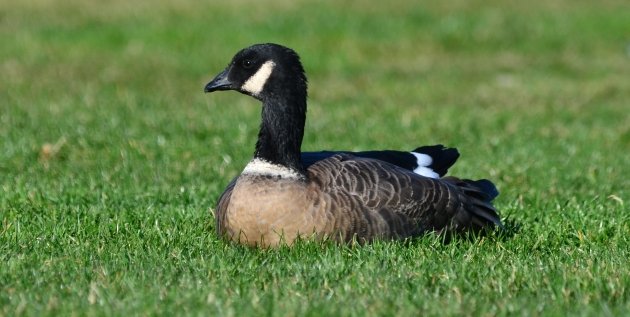
If you ask this Great Ornithologist, extinction is an extremely depressing issue. For mankind to snatch away a species’ very existence is wrong on so many levels that I can’t begin to explain them. It is the ultimate expression of ignorance, greed, and rampant anthropocentrism that seemingly drives cultures around the world. However, despite our best efforts to wipe them off the face of the earth, some of the more vulnerable species have managed to hang on. These species have seen the infamous Brink of Extinction, seemingly gone over the edge, and have scrambled back to solid ground in the nick of time…with a little extra help. Here are some U.S. birds that we are lucky to have with us today, species that seem to have beat the odds and have been migrating on the long and bumpy road to recovery.
The legendary Kirtland’s Warbler. Photographed in Crawford County, MI, by Chris McCreedy.
The Kirtland’s Warbler…the reason that one day, almost every birder in the U.S. is going to have to go to Michigan or Wisconsin. Kirtland’s Warbler is a classic niche species; they breed in only very specific conditions, which occur in only a very specific area. With fire suppression and an increase in Brown-headed Cowbirds in the area, Kirtland’s Warbler numbers plummeted to truly paltry numbers; in 1987, only 167 singing males were detected during the breeding season. That is a big difference compared to the 2,000+ singing males detected in 2012, well above the recovery goal for this species set by the U.S. Fish and Wildlife Service. This species may need help with habitat management and cowbird removal for some time to come, but luckily Kirtland’s have responded very well to efforts to keep them around.
This male Short-tailed Albatross has fledged 2 chicks from Eastern Island, Midway Atoll, the only place in the U.S. this species breeds. They are often present on Laysan Island and Kure Atoll as well; a female-female pair on Kure Atoll have yet to involve a male in nesting activities.
Short-tailed Albatross was thought to be, at one time, the most abundant species of albatross in the North Pacific. They bred on a number of islands near Japan and Taiwan, and ranged widely and abundantly from the Aleutian Islands south through California. Not only were they a common bird, they were a common bird nearshore; indigenous peoples hunted them up and down the coast. However, the age of the Golden Gooney was to come to a brutal end; beginning in the late 1800’s, they were being slaughtered by the millions for their feathers at their breeding colonies. In 1904, they were still “tolerably common on both coasts of Vancouver Island”, but by 1949 the Steller’s Albatross was thought to be extinct. A visit to their last remaining nest colony on Toroshima revealed that no birds were left. Fortunately, there were still a handful of immature birds alive at sea, and a few years later they were back on Toroshima breeding again.
On the short list of wins for wildlife during the Bush II era, Short-tailed Albatross were officially listed as Endangered in 2000. Alaska’s long-lining fleet now must have bird-deterrent measures in place, which means a lot more Laysan, Black-footed and Short-tailed Albatross are not being injured or drowned in fishing gear. In 2011 their population was estimated at over 3,000 individuals, increasing steadily at 5-8% every year. The Japanese are putting in great effort at breeding sites to help bring this bird back, and although this species faces significant threats, it is possible that somewhere they will become “tolerably common” once again. According to the California Bird Police, they are now annual in California waters, but the easiest place to see them in the U.S. is on a boat in the Aleutian chain.
Aleutian Cackling Geese on Buldir Island, Alaska, where they made their final stand.
Aleutian Cackling Geese are another bird very familiar with the Pacific; they are the only species of goose that nest on Alaska’s remote Aleutian Islands. However, these islands that were predator-free sanctuaries eventually turned into ecological sinks. In the mid 1700s, fur-traders began introducing foxes up and down the Aleutian chain, in order to generate some more raw material work with. The foxes wreaked havoc on nesting birds, and island by island the geese disappeared, until it seemed that they were gone for good. However, they were refound on Buldir Island, a remote island that never had any introduced mammals. With the geese rediscovered, an intensive campaign to remove introduced foxes began, and many geese were relocated from Buldir Island to islands they formerly inhabited. With a six-figure population now, Cackling Geese are an abundant visitor the west coast and the Aleutians.
Brown Pelicans are not an unusual sight on the California coast. However, their fortunes had once turned for the worst. Half Moon Bay, CA.
North American Peregrine Falcons have also enjoyed an impressive population rebound in recent years. Santa Cruz Island, CA.
Most birders are familiar with this story; back in the day, the pesticide DDT was in widespread use all over North America. It was thought of as a wonder-chemical, with no ill effects. Somebody won a Nobel Prize. But within a couple of decades, it’s effects on both wildlife and humanity became apparent. DDT led to Rachel Carson’s Silent Spring, which could (indirectly) be why a lot of us are birders in the first place. DDT concentrates in the upper trophic levels of the food web (the same phenomenon that leads to tuna having high levels of mercury in their bodies), and when that happens, the effects can be catastrophic to a bird population. Why? The most notorious effect is that their eggshells become so thin that a parent bird will crush it’s eggs while attempting to incubate them.
While DDT is still used some places in the world, it has largely disappeared from use in North America. Raptors and other predatory birds have largely rebounded, and there seems to be be no shortage of Brown Pelicans, Peregrine Falcons and Bald Eagles. Can you imagine having to go to Alaska just to see our national bird? That would have been awful.
A curious Laysan Duck takes a stroll at Midway Atoll. Laysan Ducks don’t seem to be as tied to water as other ducks, which makes sense considering the limited habitat available.
Although Laysan Duck is a Hawaiian bird, most birders have never heard of it. There is a reason for that; until recently, the only place you could find them was on Laysan Island, a lonely island (with a lake) 808 nautical miles northwest of Honolulu, in the northwestern Hawaiian Islands. Laysan Ducks used to be widespread in the Hawaiian Islands, but in recent times have been confined to Laysan. They were secure in their isolated home here until humanity came to Laysan in the 1890s. Rabbits were introduced to the island by guano miners, which turned the previously verdant island into a giant sand dune; almost all vegetation was wiped out. Three other endemic bird species promptly went extinct, and by 1911 as few as 11 ducks remained. Rabbit eradication (in 1923…some biologist was ahead of their time) and extensive habitat restoration on the islands in recent years have helped stabilize the population there, and with some transplanting the ducks now have found a second (perhaps previously occupied?) home at Midway Atoll. With such a restricted range, the duck is still at risk of stochastic events (in other words, Mother Nature), and disease is a recurring problem on Midway, but the species is in much better shape than they were a hundred years ago.
It’s important to take note that all of these species have benefited tremendously from being listed under the Endangered Species Act. The Kirtland’s Warbler has exceeded it’s recovery goal, and Aleutian Cackling Goose, Brown Pelican, Peregrine Falcon, and Bald Eagle populations have all rebounded enough that they have been delisted. All of these birds still have significant threats, but by coming back from The Brink, they will hopefully have the strength to overcome. I hope you enjoyed this bit of positive coverage today; even when faced with extinction, birds can come back when given the chance.
Birds aren’t the only animals who have made strong comebacks thanks to the Endangered Species Act. The Santa Cruz Island Fox has made an incredible rebound following intensive restoration efforts and seem to be thriving. Now if only this drought will come to an end…
…
Extinction is forever. A species, wiped off the earth, never to exist again. What a horror! What a disaster! What a wrong!
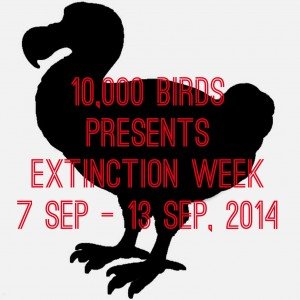 It is correct, of course, to think of extinction this way during the Holocene Extinction, which we are living through right now. After all, the extinctions have occurred, are occurring, and will occur because of us, people. We have so altered the earth – pumping pollution, moving species around, destroying ecosystems – that many species, dependent upon ecological niches or simply unprepared for an onslaught of unfamiliar organisms with which they did not evolve, have no chance. It is depressing and angering and just wrong.
It is correct, of course, to think of extinction this way during the Holocene Extinction, which we are living through right now. After all, the extinctions have occurred, are occurring, and will occur because of us, people. We have so altered the earth – pumping pollution, moving species around, destroying ecosystems – that many species, dependent upon ecological niches or simply unprepared for an onslaught of unfamiliar organisms with which they did not evolve, have no chance. It is depressing and angering and just wrong.
But, in the wider view of things, extinction is necessary. It is what drives evolution. Extinction is what befalls the species that fails to adapt, to survive, to thrive. Most species go extinct. That is just the hard, cold reality of nature, red in tooth and claw.
This is not to say that we should sit back and let the Holocene Extinction continue. No! We must fight to save every species we can, every ecosystem, every niche.
It is the 100th anniversary of the extinction of the Passenger Pigeon, once one of the most abundant species in the world. In order to raise our awareness, to remind us of what we have lost, and to inspire us to fight for Every. Single. Species. we are hosting Extinction Week here on 10,000 Birds from 7 September to 13 September. Come back, click through, read, learn. And get angry and take action.
…

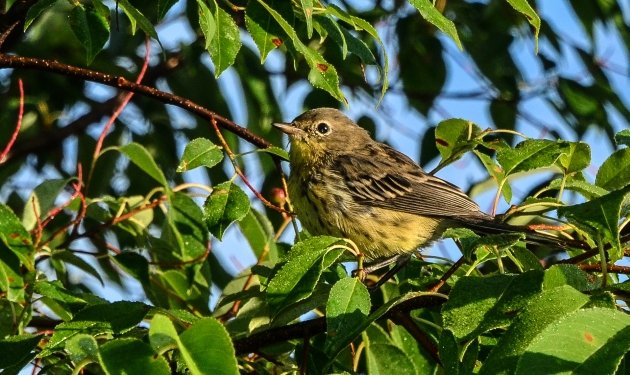

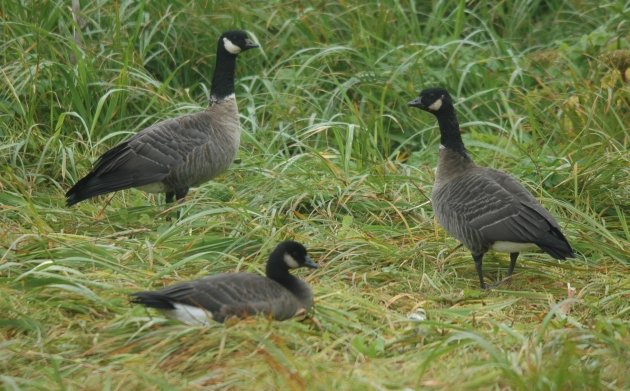
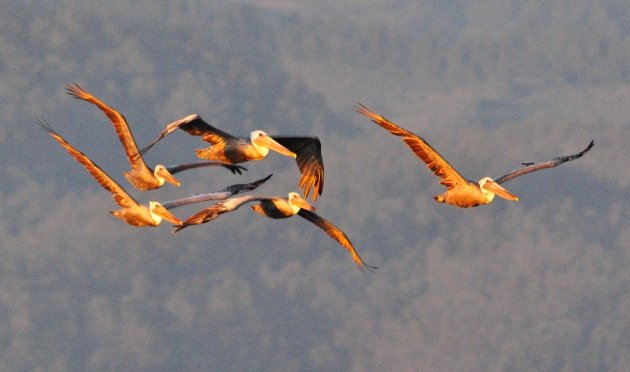
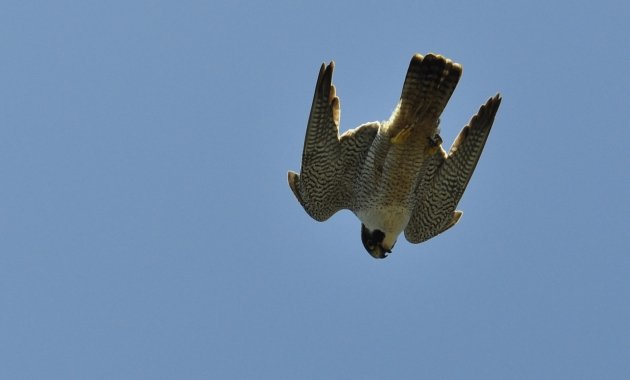
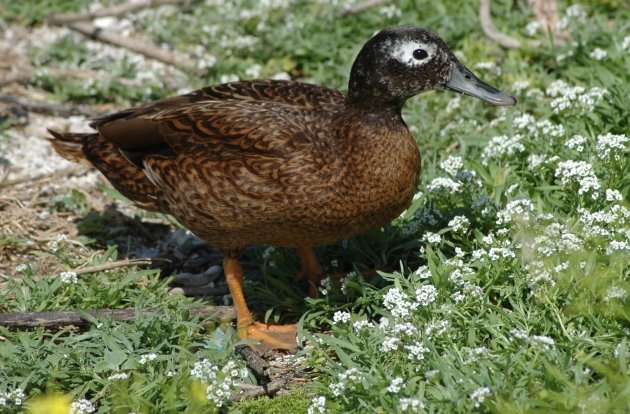
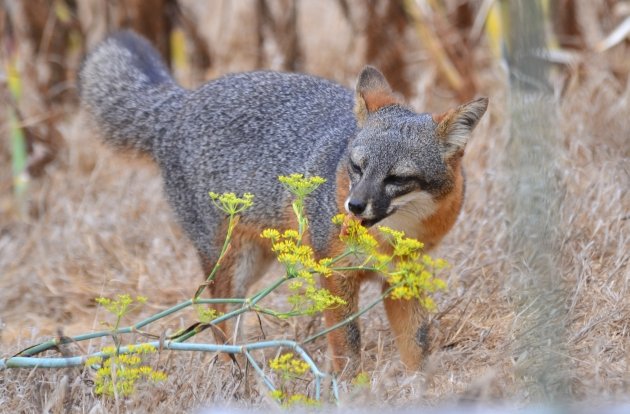










Cheesehead here: I’ll have to keep an eye out for that warbler!
I look forward to the day that I make the Kirtland’s Warbler pilgrimage. It will be awesome.
Yeah dude. I fiend for it.
Yo tambien
You still haven’t seen one?!????
Dude, how often do I have to tell you that MI is the coolest birding state of the Union!?
That comment referred to Corey…